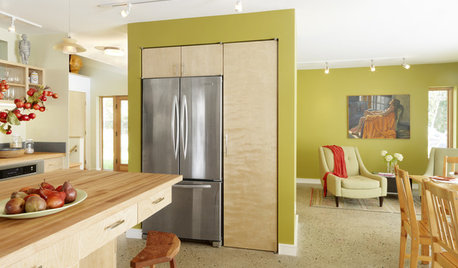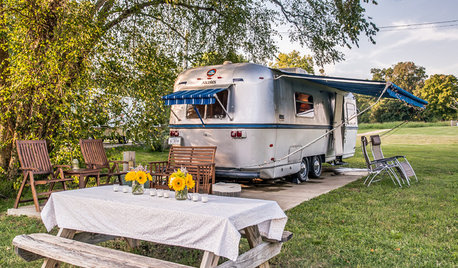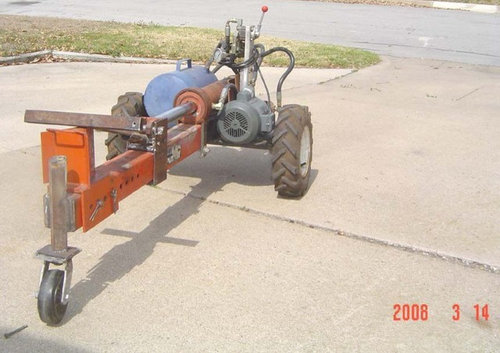Approximately how hot would a 1 HP electric motor get
loger_gw
11 years ago
Related Stories

LANDSCAPE DESIGNGet Along With Less Lawn — Ideas to Save Water and Effort
Ditch the mower and lower your water bill while creating a feast for the eyes with diverse plantings and gathering places
Full Story
MOST POPULARBudget Beach House: A Trailer Gets Ready for Summer Fun
Punchy prints and colors star in a creative approach to Jersey Shore living
Full Story
REMODELING GUIDESGet the Look of a Built-in Fridge for Less
So you want a flush refrigerator but aren’t flush with funds. We’ve got just the workaround for you
Full Story
DECORATING GUIDESHow to Get Your Furniture Arrangement Right
Follow these 10 basic layout rules for a polished, pulled-together look in any room
Full Story
DECORATING GUIDESA Mobile Home Gets a Bohemian-Chic Makeover
Designer infuses world traveler’s guesthouse with tribal textiles, Moroccan tiles and kilim rugs
Full Story
LAUNDRY ROOMS7-Day Plan: Get a Spotless, Beautifully Organized Laundry Room
Get your laundry area in shape to make washday more pleasant and convenient
Full Story
LIGHTINGGet Your Home's Recessed Lighting Right
Learn the formula for how much light a room needs plus how to space downlights, use dimmers and more
Full Story
HOUSEKEEPINGHow to Clean Grout — Stains and All
If your grout is grossing you out, this deep-cleaning method will help it look new again
Full Story
BASEMENTSBasement of the Week: Guests Get a Cottage-Like Stay
Converted to a comfy space with a full bath, a bedroom and extra amenities, this Maryland basement is great for visitors and the owner alike
Full Story
SMALL HOMESA 1970s Avion Camper Gets a New Groove
Goodbye, shag; hello, fab! Fresh white paint and cheery fabric turn an original mobile camper into a bright and airy vacation home
Full Story






baymee
loger_gwOriginal Author
Related Professionals
Havre de Grace Landscape Architects & Landscape Designers · Essex Landscape Contractors · Galt Landscape Contractors · Lorain Landscape Contractors · Paramount Landscape Contractors · Peoria Landscape Contractors · Tacoma Landscape Contractors · The Woodlands Landscape Contractors · Braintree Decks, Patios & Outdoor Enclosures · Methuen Decks, Patios & Outdoor Enclosures · Richmond Decks, Patios & Outdoor Enclosures · Salem Decks, Patios & Outdoor Enclosures · West Bend Decks, Patios & Outdoor Enclosures · Syracuse Home Builders · Vista Park Home Buildersbaymee
loger_gwOriginal Author
lbpod
loger_gwOriginal Author
loger_gwOriginal Author
baymee
lbpod
loger_gwOriginal Author
loger_gwOriginal Author
runswithscissors2010
loger_gwOriginal Author
loger_gwOriginal Author
baymee